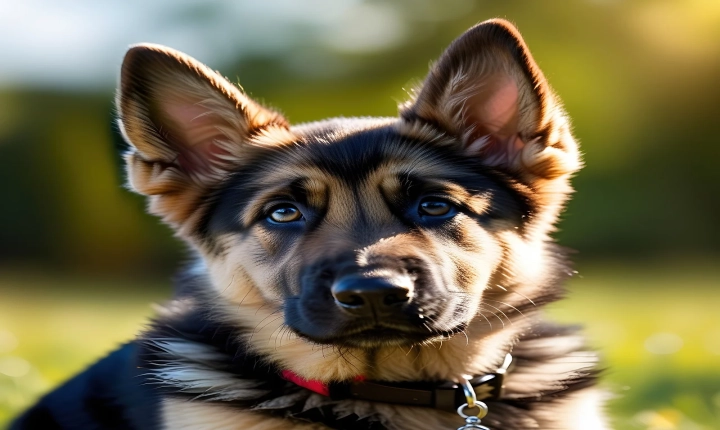Creating AI images has become increasingly popular and accessible in recent years, thanks to advancements in machine learning and computer vision technologies. With the help of AI algorithms and various software tools, individuals and businesses can generate unique and high-quality images for a wide range of applications, from artwork and design to marketing and content creation.
One of the most common methods for creating AI images is through the use of generative adversarial networks (GANs). GANs are a type of machine learning model that consists of two neural networks – a generator and a discriminator – working in tandem to produce realistic and original images. The generator network creates images based on random input, while the discriminator network evaluates the images and provides feedback to the generator. Through a process of continuous learning and refinement, GANs can produce stunning and diverse visual content that resembles the style and characteristics of the training data.
To create AI images using GANs, one can start by collecting a dataset of images relevant to the desired output. This dataset serves as the training data for the GAN model and plays a crucial role in shaping the style and content of the generated images. Quality and diversity of the dataset are essential factors in achieving impressive results, as they can influence the variety and realism of the AI-generated images.
After obtaining a suitable dataset, the next step is to train the GAN model using a machine learning framework such as TensorFlow or PyTorch. During the training process, the generator and discriminator networks are iteratively optimized to generate images that closely resemble the training data while also being distinct and novel. This training phase can be time-consuming and resource-intensive, requiring powerful hardware and expertise in machine learning techniques.
Once the GAN model is trained, it can be used to generate new images by providing random input to the generator network. The resulting images can be further refined and customized using post-processing techniques, such as image editing software or additional neural network models. This allows for the creation of unique and personalized AI images that suit specific requirements and artistic visions.
In addition to GANs, there are other AI-based tools and methods for creating images, such as style transfer algorithms, image-to-image translation models, and deep learning-based image generation techniques. These approaches offer different capabilities and applications, catering to diverse needs in fields like art, design, digital media, and computer graphics.
The ability to create AI images has significant implications for various industries and creative pursuits. From generating concept art and visual prototypes to automating the production of visual content, AI-powered image generation provides novel opportunities for artists, designers, and businesses to explore new creative avenues and streamline their workflows.
In conclusion, the advancements in AI and machine learning have revolutionized the process of image creation, enabling the generation of compelling and original visual content with unprecedented ease and efficiency. By leveraging tools like GANs and other AI-based methods, individuals and organizations can tap into the potential of AI image generation to unlock new levels of creativity and innovation in the digital age.
